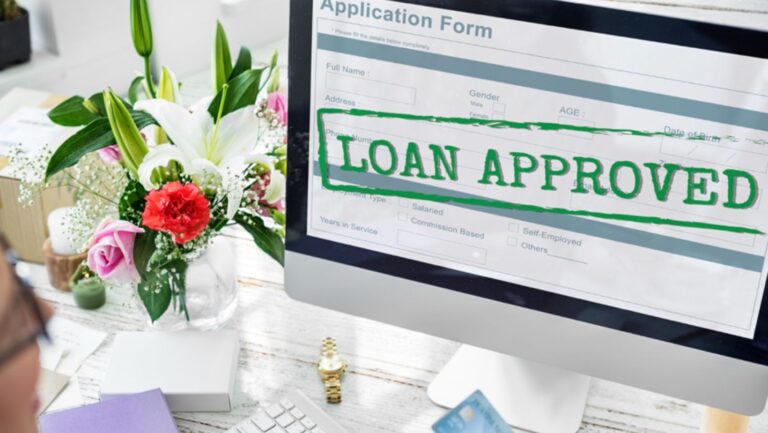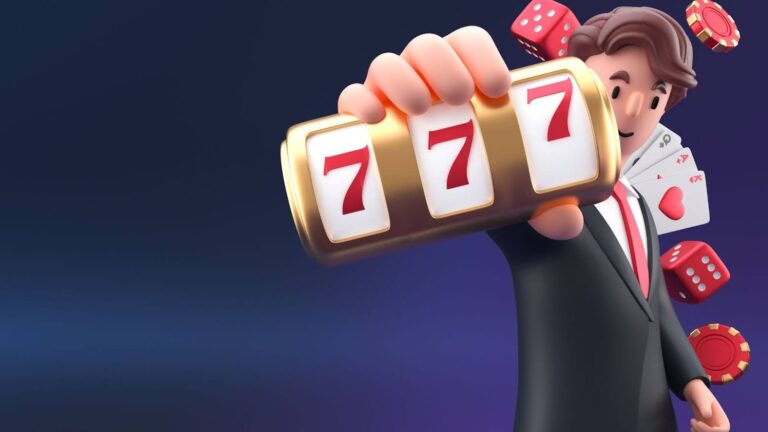It’s a common misconception that the only consequence of overdraft protection is an occasional bank charge. In reality, this seemingly innocuous feature can lead to skyrocketing debt and bankruptcy. When you go below zero in your account, the bank automatically transfers money from your savings account into your checking account so that incoming checks will still clear (at least in most cases). This might sound like a good thing but in reality, it may be one of the worst financial decisions you ever make. Continue reading this article, for a broader explanation of this “must know” topic.
What is overdraft protection
Overdraft protection is an option offered in bank accounts that prevents check, ATM, or debit card transactions, as well as wire and electronic transfers, from causing the account’s balance to fall below zero and triggering an overdraft fee or non-sufficient funds (NSF) fee. With overdraft protection, a bank will cover a shortfall and charge for the service with an overdraft fee, or “courtesy fee,” so the transaction goes through successfully.
NSF (or insufficient funds) transactions are not covered by the bank and can be expensive and disruptive. Non-pre authorized transactions made with a check and automated clearing house (ACH) withdrawals are returned unpaid, a practice known as bouncing. Most banks charge hefty overdraft and NSF fees (between $30 and $35, on average) for accounts that do not have sufficient funds. What’s more, not only can the bank refuse payment and charge the account holder an NSF fee, but a penalty or fee may also be charged by the merchant for the failed transaction.
How it works
Customers who choose overdraft protection can link their checking accounts to credit cards, savings accounts, or other lines of credit to avoid triggering an overdraft or NSF fee. This amounts to a preapproved loan or transfer that kicks in automatically when a customer writes a check, makes a wire transfer, swipes a debit card, or asks an ATM for a sum of money in excess of an account’s balance.
Typically, an overdraft protection agreement kicks in when an account holder withdraws more than the current balance in a checking account. In that case, the individual or business with a linked account is charged a transfer fee to facilitate moving funds to cover the shortfall. The account holder may be also be charged an additional fee every month that overdraft protection is used or a fixed monthly fee for continuous protection.
What is misleading about the term overdraft protection
The term “overdraft protection” is misleading because it gives the impression that your account will be protected from overdrafts. In reality, this feature can lead to skyrocketing debt and bankruptcy.
What happens when you don’t have overdraft protection
Without overdraft protection, your bank can still charge a non-sufficient funds (NSF) fee that can be comparable to an overdraft fee if there isn’t enough money in your account to cover the debit. In addition, the party receiving the bad check can demand reimbursement for the returned check fee and report you to ChexSystems, which is like a credit report for your banking history.
Example of overdraft protection
A renter with overdraft protection and a linked account writes an $800 check to cover the monthly rent on an account that only has $650 in it. Instead of bouncing the check due to insufficient funds, the renter’s overdraft protection kicks in when the check is cashed.
The bank charges a transfer fee of $15 for approving a debit transaction that exceeds available funds. The renter will now have a balance of $635 ($650 – $15) and has to pay off $800 through a linked credit card, line of credit, or savings account.
Conclusion
Consumers use and view overdraft programs differently depending on their financial circumstances, and the current marketplace is failing to effectively serve a large share of customers. Overdraft largely does not understand their rights, particularly with respect to opting into overdraft. Most, including those who overdraw their accounts frequently, report that their banks do not communicate with them about less expensive options. Even when conversations do happen, they do not typically lead to a better understanding of opt-in rights.




